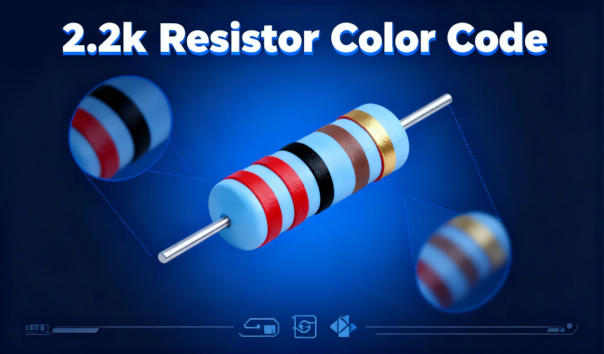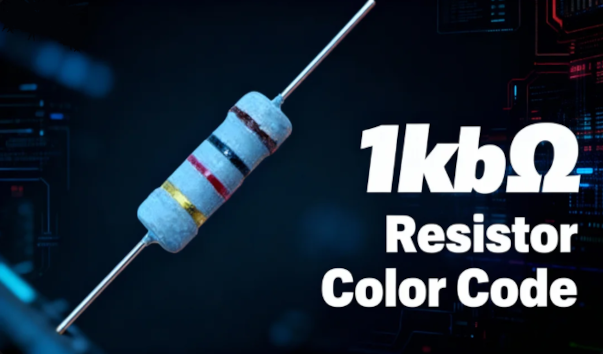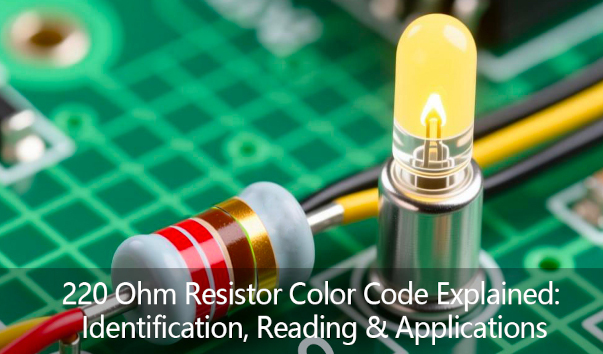What is a Power Module? Key Features and Applications Explained
What is a Power Module
Power modules, also known as power electronic modules, can combine many power electronic components into a single unit. They are designed to manage and convert electrical power efficiently, and they are often used in high power density and reliability applications.
A power module is an assembly of power semiconductor devices, passive components, and sometimes control circuitry, all mounted on a common substrate or baseplate. These power electronic modules are encapsulated to protect the internal components and provide thermal management.
The Role of Power Modules in Modern Electronics
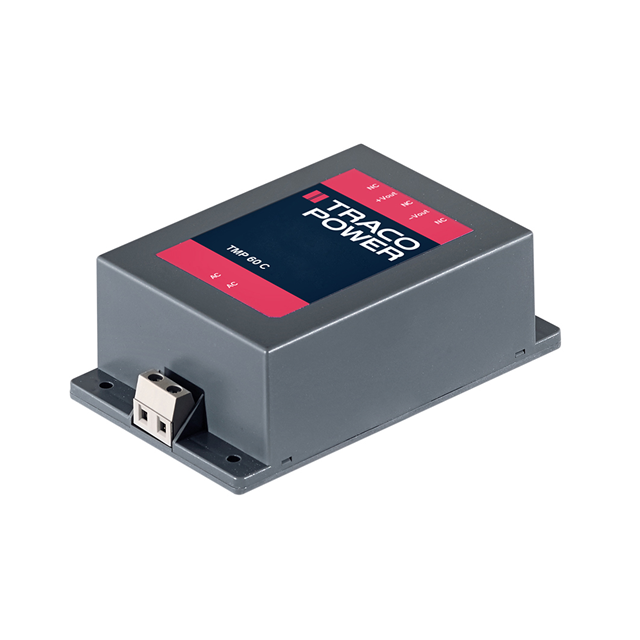
Power supply modules are an essential part of modern electronic equipment and the backbone of efficient energy management in a wide range of devices. From smartphones and laptops to electric vehicles and industrial machinery, these compact yet powerful units regulate voltage level, convert power and ensure a stable energy supply. Unlike conventional discrete power solutions, power modules integrate multiple functions such as DC-DC power conversion, battery voltage regulation and thermal management in a single package. This integration not only saves space, but also improves reliability and performance.
One of the key benefits of power modules is their ability to improve energy efficiency, which is important in battery power devices and renewable energy systems. By minimising power losses during power conversion, they extend battery life, reduce heat generation and contribute to longer-lasting and safer electronic devices. In addition, standardised designs simplify the manufacturing process, allowing engineers to implement robust power solutions without the need for extensive custom circuitry. Industries such as automotive, aerospace and telecommunications rely heavily on these modules due to their high power density and ability to withstand harsh operating conditions.
As technology advances, the demand for smarter, more efficient power modules continues to grow. Innovations such as wide bandgap semiconductors (e.g., gallium nitride (GaN) and silicon carbide (SiC)) continue to push the boundaries of speed and efficiency, enabling faster charging speeds, lighter weight designs, and better thermal performance. Whether in consumer gadgets or large industrial systems, power modules play a silent but vital role in keeping the electronic world running smoothly, proving that even the smallest components can have a huge impact.
Function for Power Modules: The Multitasking Powerhouses of Electronics
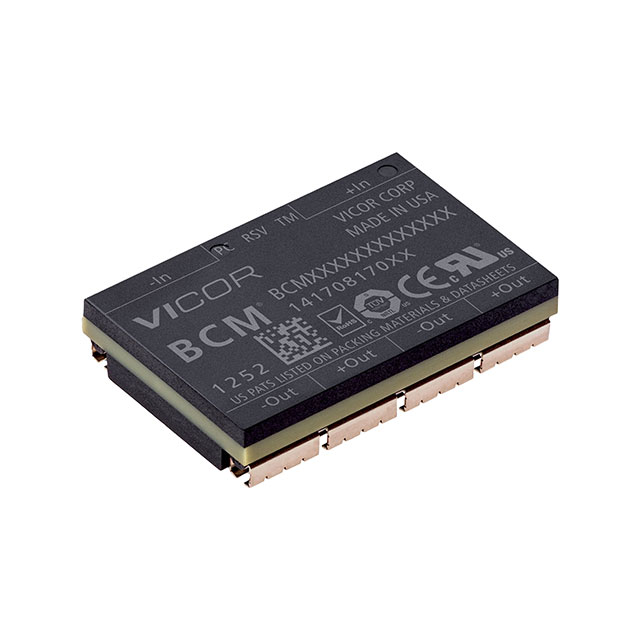
On printed circuit boards, power supply modules may not catch the eye. They seem like simple black boxes. However, in reality, they shoulder numerous crucial functions and play an indispensable role in the stable operation of modern electronic devices. These compact modules can not only supply power but also regulate and convert current circuits, and optimize their performance. Thanks to these functions, various high-performance devices can operate smoothly nowadays. From enabling fast charging of smartphones, to ensuring the stable operation of industrial robots, and extending the driving range of electric vehicles, power supply modules are like unsung heroes quietly contributing in the world of electronics. Next, let’s delve deeper into the main functions of power supply modules and the reasons behind their significance.
1. Voltage Regulation
Maintaining a stable voltage output is one of the fundamental functions of power supply modules. Even when there are fluctuations in the input voltage, they can achieve this goal. For example, when a laptop is connected to an unstable power source, without voltage regulation, significant voltage fluctuations may directly damage the delicate circuits inside the laptop. Modern power supply modules deploy sophisticated strategies to neutralize such threats, leveraging advanced pulse regulators (e.g., buck/boost converters) and linear regulators to deliver pristine, unwavering voltage streams. This is extremely important for components that are highly sensitive to voltage, like microprocessors, memory chips, and sensors. Once the voltage goes beyond their tolerance range, these components may not only be damaged but also cause malfunctions in device operation.
2. Power Conversion: Translating Energy Between Forms
Not all devices run on the same type of power. Some need high-voltage power modules, others low; some require AC (alternating current), while others run on DC (direct current). Power modules act as translators, converting:
AC to DC (rectification): For devices like phone chargers or laptop adapters.
DC to DC (step-up/step-down): To match battery voltage to a chip’s needs (e.g., 12V car power to 3.3V for a dashboard display).
DC to AC (inversion): Critical for solar panels feeding power back into the grid.Without these conversions, modern electronics simply couldn’t interoperate with diverse power sources.
3. Energy Efficiency Optimization: Minimizing Waste
Power modules are the unsung heroes of battery life and energy savings. Traditional power supplies often waste energy as heat, but advanced modules use techniques like pulse-width modulation (PWM) or resonant switching to achieve efficiencies above 95%. This is why your electric vehicle can travel farther on a charge, or why a data center can slash its electricity bills. In renewable energy systems, even a 1% efficiency gain can translate to massive cost savings over time.
4. Thermal Management: Keeping Cool Under Pressure
Heat is the enemy of electronics, and power modules are designed to dissipate it effectively. They integrate heat sinks, thermal pads, or even fanless cooling designs to prevent overheating. Some use materials like silicon carbide (SiC) or gallium nitride (GaN) to handle high temperatures without performance loss. In demanding environments—like under a car hood or inside a factory robot—this thermal resilience ensures longevity and reliability.
5. Protection: Safeguarding Systems from Disasters
A power module isn’t just a supplier—it’s a bodyguard. Built-in protection features include:
1.Overvoltage protection (OVP): Stops voltage spikes from frying circuits.
2.Overcurrent protection (OCP): Prevents damage from short circuits or overloads.
3.Reverse polarity protection: Saves the day if batteries are inserted backward.
4.Over-temperature protection (OTP): Shuts down before heat causes catastrophic failure.
Applications of Power Modules: Powering the Modern World
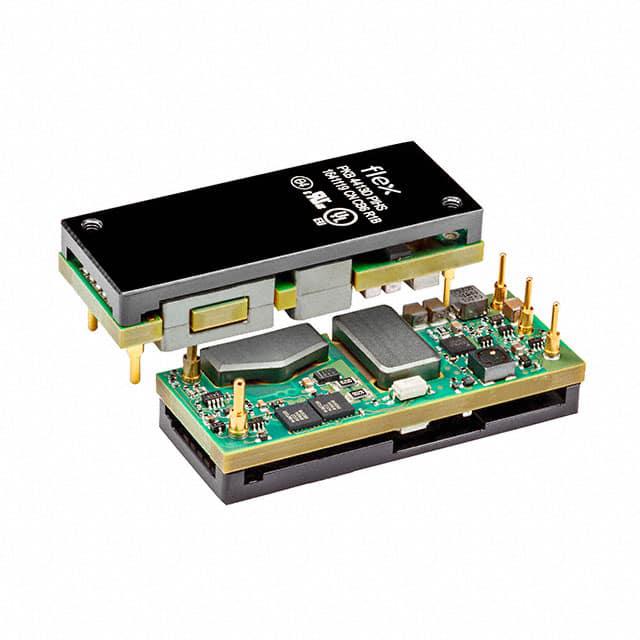
1. Automotive and Electric Vehicles (EVs): The Heart of Modern Transportation
The automotive industry is undergoing a massive shift toward electrification, and power modules are at the center equipment of this revolution. In electric vehicles (EVs), they manage high-voltage power modules battery systems, convert DC power from the electric vehicle battery to AC for the electric motor, and regulate energy flow during regenerative braking. Hybrid vehicles also depend on power modules to switch seamlessly between electric and combustion power. Beyond propulsion, these modules power advanced driver-assistance systems (ADAS), infotainment, and onboard charging stations. With the rise of autonomous driving, the demand for ultra-reliable power modules will only grow.
2. Renewable Energy: Enabling a Sustainable Future
Solar panels and wind turbines generate electricity, but that power is useless unless it’s efficiently converted and stored. Power modules play a critical role in solar inverters, transforming DC power from panels into grid-compatible AC power. They also manage battery energy storage systems, ensuring energy is stored and discharged efficiently. In wind turbines, power modules help regulate variable power outputs, keeping the grid stable. As the world shifts toward green energy, advancements in power module technology—like wide-bandgap semiconductors (SiC and GaN)—are making renewable systems more efficient and cost-effective.
3. Telecommunications and Data Centers: Powering the Connected World
Behind every digital interaction, from daily phone calls and video streaming to web browsing, lies the silent operation of a highly efficient power module–supported network. The information superhighway, composed of telecommunications base stations, fiber-optic backbone networks, and new 5G infrastructure, relies on round-the-clock “power guards.” These power systems must operate continuously for years, with downtime measured in minutes.
Data centers, as the “digital warehouses” of cloud computing, have even more sophisticated power architectures. Server racks are equipped with redundant power supplies, working in concert with uninterruptible power systems (UPS) and intelligent power distribution units (PDU) to create multiple layers of power defense. With the exponential growth of artificial intelligence training and big data analytics, the energy consumption curve of data centers continues to rise. The industry’s demand for “green power” has reached a tipping point—ensuring both the robust power for computing engines and the continuous optimization of energy efficiency.
Advantages of Power Module
1. Simple and Reliable Design
There are various types of power supply modules available on the market, such as AC-DC, DC-DC power modules, and high-voltage power modules, to name just a few. Regardless of the type, due to the highly integrated circuits within the modules, their designs are more compact. Different suppliers can offer professional technical support and system solutions. Some can even provide the peripheral circuits and parameter curves of the modules.
2. High Reliability
Power supply modules employ automated processes to ensure quality and reliability. They are designed and developed in accordance with strict standards and undergo flawless mass-production testing.
3. High Power, High Density, and High Efficiency
These modules utilize multi-layer PCB aluminum substrates, which feature high power density and a small footprint, saving space in the system. Currently, a 1/4-brick DC-DC module can reach up to 1000W. It’s rather challenging for discrete solutions to meet such a standard.
4. Easy Maintenance
In case of a malfunction, simply replacing the faulty module can restore the normal operation of the system. Suppose you need to change the design midway. You only need to modify the module itself instead of the entire power supply circuit.
5. Time and Cost Savings
Power supply modules offer a wide range of input and output options. They can be installed repeatedly or cross-installed to form modular combined power supplies, thus achieving multiple inputs and multiple outputs. Compared with discrete power solutions, debugging is simpler and safer. As a result, this simplifies the design of applications and shortens the development time.


